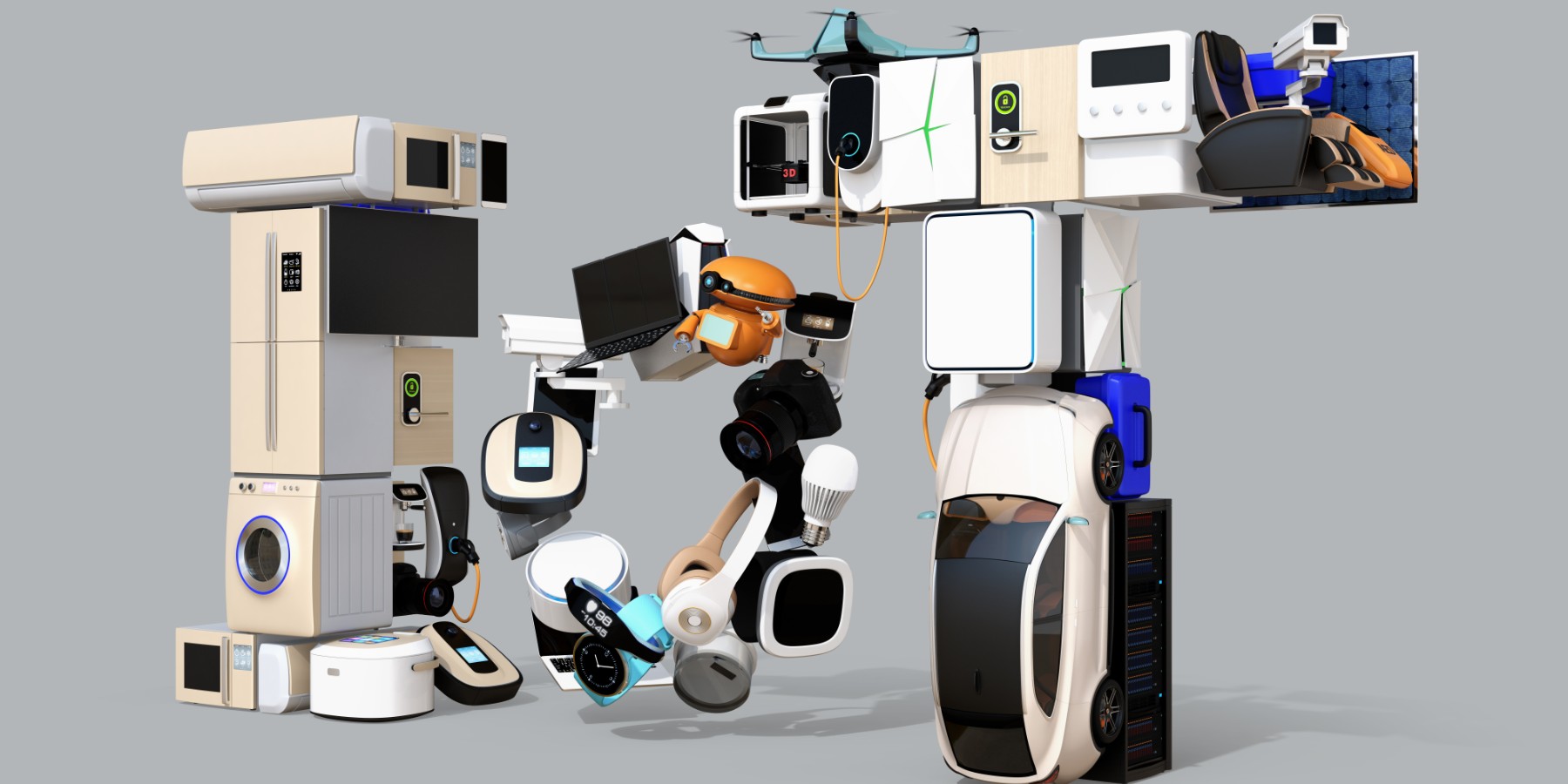Challenge 1: security
In an increasingly digitised world, cybersecurity is a concern for individuals and organisations alike. The core challenge introduced by the IoT is that every single connected device is a potential vulnerability – a route into the enterprise network or a path to personal information for a malicious party.
On top of this many IoT devices are not yet equipped with the same robust security measures as other corporate devices – or, their users do not take their security as seriously as they do on their smartphones and computers. Passwords are often left on default. Patches and upgrades are ignored.
IoT devices are also vulnerable to being recruited into botnets which are then used to launch enormous distributed denial of service (DDoS) attacks. Such cyberattacks are relatively simple to launch but can be truly devastating in impact – particularly now that the number of devices vulnerable to being recruited has grown so enormously.
Ensuring that new IoT rollouts are robustly protected from malicious influence, then, is going to be a major challenge for IoT manufacturers, vendors and customers over the coming years. This requires a two-pronged approach – better inbuilt security, and better user education.
Challenge 2: compatibility
The IoT is not a single technology – rather, it is a complex ecosystem of different technologies. Endpoint devices, wireless connectivity, analytics platforms, security tools and more all need to work seamlessly together to make an IoT deployment work successfully. Moreover, different organisations are responsible for those different components – which mean they need to be operating to the same standards and protocols.
One area that looks likely to cause particular challenge is in home mesh networks. Bluetooth has long been the standard for IoT devices – but new offerings, including Z-Wave and Zigbee – are challenging for its crown. Without a single universal standard, it could be difficult for the providers of smart home and other consumer IoT devices to ensure that all their products will work in conjunction with each other. No doubt there will be much jostling for position over the years to come.
Challenge 3: regulation
Related to the compatibility issue, as any technology ecosystem matures, so government and industry tend to scramble to catch up and put appropriate standards in place to ensure high performance, security and reliability. The IoT world still lacks sufficient agreed standards for quality control – and this could cause serious problems. A major security incident, or high-stakes performance problem could be severely damaging.
Of course, regulation cannot simply take place on a country by country basis – agreed international standards are key.
These are just some of the significant challenges facing the IoT sector over the coming years. If the providers of IoT technologies and products – as well as organisations simply wishing to implement IoT ecosystems – do not work together to meet these challenges head on, the consequences could be significant. No organisation wants to suffer a high-profile security breach, or find their product failing to achieve the highest possible standards of performance. The stakes are high – but the potential rewards of a truly mature, well-organised and regulated IoT industry are even higher.
